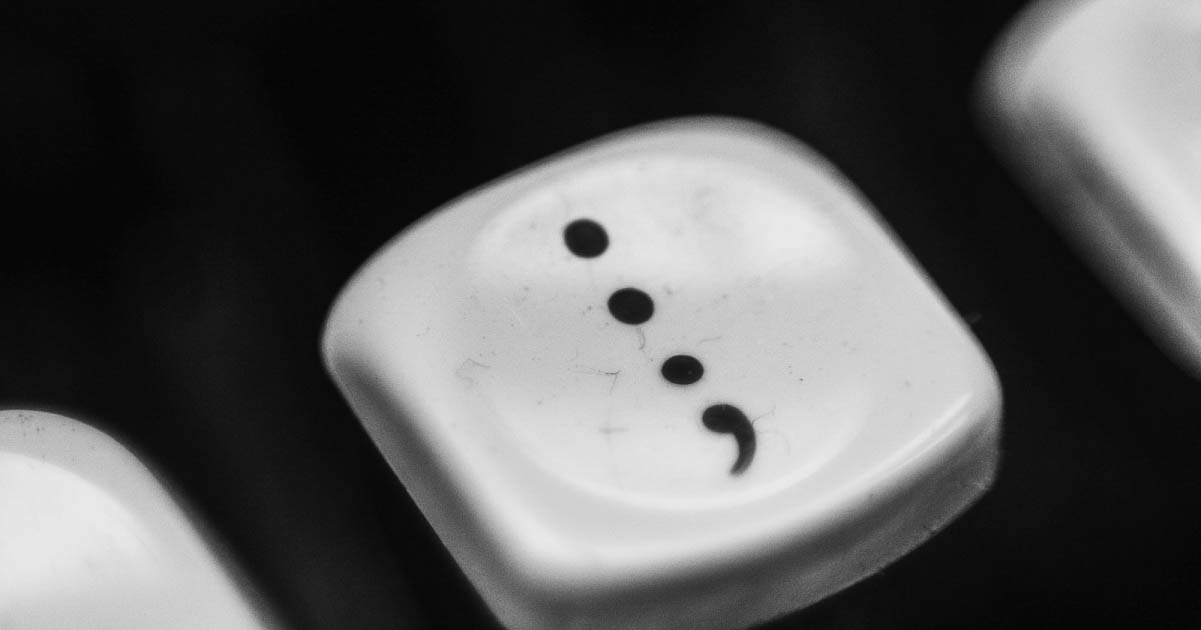
How to Use Semicolons (With Examples)
A semicolon (;) is a punctuation mark that indicates a pause, and it typically serves two purposes: linking two closely related independent clauses and separating items in a multipart list. But how are they different from colons? And when is a semicolon a better choice than a comma? As a proofreader, you’ll need to know the answers. Keep reading to learn more.
Semicolons Can Link Independent Clauses
One way to use a semicolon is to join two independent clauses without a comma and coordinating conjunction (e.g., but, not, yet, and). If you’re choosing this method, make sure the sentences are closely related and that their connection is obvious to the reader:
Correct: My favorite subject in school is science; I love performing complex experiments in the laboratory.
Incorrect: My favorite subject in school is science; it was raining today.
In the correct example, we use a semicolon to join two independent but closely related sentences. Note that, unlike a period (or full stop), a capital letter does not follow a semicolon unless it’s a proper noun. In general, use a semicolon if you want to show the connection between two ideas without the interruption of a coordinating conjunction or the divisiveness of a period. Just remember not to use a semicolon with a coordinating conjunction because they’re there for you to use instead of one.
Semicolons and Conjunctive Adverbs
If you’re using a conjunctive adverb (e.g., moreover, however, otherwise, therefore) to link two independent clauses, you’ll need to use both a semicolon and a comma: i.e., the semicolon before the adverb and the comma after. Make sure you don’t use two commas to link clauses with a conjunctive adverb:
Correct: I planned on studying for my exams tonight; however, my friends had other ideas.
Correct: She decided to go straight to piano lessons; otherwise, she wouldn’t be ready for her recital.
Incorrect: The team won the game, moreover, they now get to advance to the finals.
Remember that this only applies when these words function as conjunctive adverbs connecting two independent clauses. You may spot these words in other parts of a sentence; in those cases, they wouldn’t need a semicolon to follow them. For example, if “however” is at the beginning of a sentence, it’s followed by a comma, not a semicolon.
Semicolons and Serial Lists
Long and complex lists can be confusing, and semicolons can help readers distinguish the items in a descriptive list that already uses commas. For example:
Correct: I have visited the following cities in my many travels: Albany, New York; London, England; Toronto, Canada; Paris, France.
Correct: I work with Elizabeth, the director; Annie, the actress; and Elroy, the cameraman.
Incorrect: I want to get apples; bananas; strawberries; and grapefruit at the grocery store.
Note that the semicolons are unnecessary in the last example because the list would be clear with commas.
Becoming A Proofreader
If you want to polish your punctuation skills or pursue a career as a freelance proofreader, consider taking our Becoming A Proofreader course. It covers a wide range of topics, from English grammar and spelling to how to launch your proofreading business.
And if you pass our Becoming A Proofreader and Becoming An Editor courses with distinction scores of at least 80%, you’re guaranteed a work trial with our partner company, Proofed. If you haven’t already, sign up for your free trial today and discover how our courses can jumpstart your new career.





Your email address will not be published.